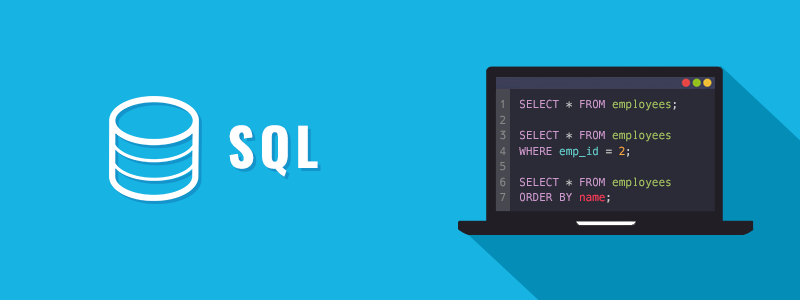SQL is a standard language designed for managing data in relational database management system.

SQL stands for Structured Query Language. SQL is a standard programming language specifically designed for storing, retrieving, managing or manipulating the data inside a relational database management system (RDBMS). SQL became an ISO standard in 1987.
SQL is the most widely-implemented database language and supported by the popular relational database systems, like MySQL, SQL Server, and Oracle. However, some features of the SQL standard are implemented differently in different database systems.
SQL was originally developed at IBM in the early 1970s. Initially it was called SEQUEL (Structured English Query Language) which was later changed to SQL (pronounced as S-Q-L).
Tip: Our SQL tutorial will help you to learn the fundamentals of the SQL language, from the basic to advanced topics step-by-step. If you're a beginner, start with the basic section and gradually move forward by learning a little bit every day.
What You Can Do with SQL
There are lot more things you can do with SQL:
- You can create a database.
- You can create tables in a database.
- You can query or request information from a database.
- You can insert records in a database.
- You can update or modify records in a database.
- You can delete records from the database.
- You can set permissions or access control within the database for data security.
- You can create views to avoid typing frequently used complex queries.
The list does not end here, you can perform many other database-related tasks with SQL. You will learn about all of them in detail in upcoming chapters.
Note: Most of relational database systems also have their own additional proprietary extensions in addition to the SQL standard that are available only on their system.




0 Comments